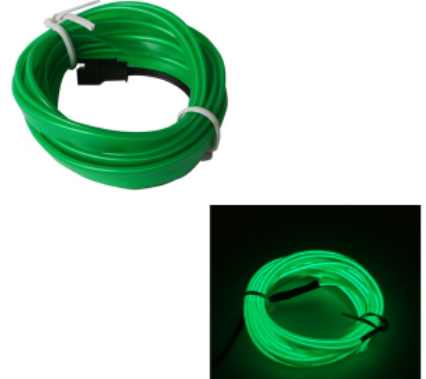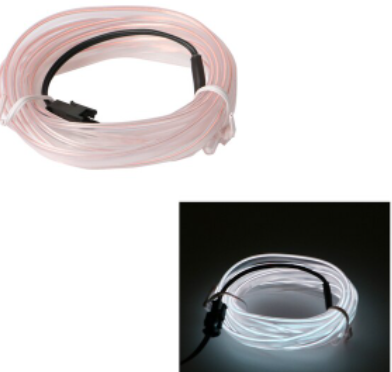But InSight, a stationary robotic probe onMars, has been steadily growing weaker as dust accumulates on its solar panels.Mission managers predict that by late summer it will not have enough energy tocontinue operating its instruments and that by the end of the year it will fallsilent.
“That’s just due to the lack of energy,”Kathya Zamora Garcia, the mission’s deputy project scientist, said during anews conference last week.
The spacecraft could prove lucky if a dustdevil — a miniature whirlwind swirling along the Martian landscape — passesover and blows the dust off the solar panels. Although several thousand dustdevils have been detected in the area, none has helpfully cleaned InSight.
“We’re not too hopeful given that it’s been 31/2 years and we haven’t seen one yet,” said Bruce Banerdt, InSight’s principalinvestigator, “but it could still happen.”
When InSight landed in November 2018, itspristine solar panels generated 5,000 watt-hours of energy each Martian day.Now, enshrouded in dust, they are producing one-tenth as much.
The spacecraft fulfilled its main objectivesduring its two-year primary mission; NASA then approved a two-year extensionthrough the end of 2022.
As the energy dwindles, the managers willbegin to shut down the spacecraft’s instruments and stow its mechanical arm.They will try to keep the craft’s main scientific tool, a sensitiveseismometer, running as long as possible, although in a couple of weeks theywill start to run it for only part of the day, or maybe even every other day,instead of continuously.
Garcia said the seismometer would probablyhave to be shut off entirely in July. After that, there will be just enoughenergy to check in with radio communications and perhaps snap an occasionalphotograph.
Once InSight loses power, it will join anassortment of NASA missions marooned on the red planet after long, successfulruns, including the two Viking landers that set down in 1976 and the Spirit andOpportunity rovers that arrived in 2004 for 90-day missions but lasted foryears.
NASA still has two other rovers and anexperimental helicopter studying the Martian surface, and China has one roverin operation there.
Most of NASA’s missions to Mars over the pasttwo decades have focused on the possibility that the sun’s fourth planet mayhave once been hospitable for life.
InSight — the name is a compression of themission’s full name, Interior Exploration Using Seismic Investigations, Geodesyand Heat Transport — was a diversion, focusing instead on the mysteries ofMars’ deep interior. The $830 million mission aimed to answer questions aboutthe planet’s structure, composition and geological history.
Mars lacks plate tectonics, the sliding ofpieces of the crust that shapes the surface of our planet. But marsquakes occurnonetheless, driven by other tectonic stresses like the shrinking and crackingof the crust as it cools.
During its mission, InSight recorded more than1,300 marsquakes. Just two weeks ago, it observed the largest marsquake so far:a magnitude of 5.0, modest by Earth standards but at the high end of whatscientists expected for Mars.
The epicenter of the magnitude-5.0 quake waslocated near a series of fissures known as Cerberus Fossae, where manymarsquakes detected earlier had occurred, Banerdt said. But, he added, “It’snot actually in Cerberus Fossae, which is interesting. And we don’t reallyunderstand that yet.”
He said the scientists have had only two weeksto analyse the data, but they could clearly see the seismic signals, and thequake might have been large enough that it could have made Mars start vibratinglike a bell, although at frequencies too low to be heard.
“This quake is really going to be a treasuretrove of scientific information when we get our teeth into it,” Banerdt said.
By listening to the echoes of the seismicwaves bouncing around inside Mars, InSight produced data that could be turnedinto a 3D map of the planet.
The crust turned out to be thinner thanexpected and appears to consist of three sublayers. The seismic signals alsomeasured the size of the core: about 2,300 miles in diameter.
The seismometer revealed not just what wasbelow but also the dynamics in the air above. Winds blowing between 10 and 15mph over InSight’s solar panels caused the spacecraft to vibrate. The vibrationswere recorded and were transformed into sounds.
The other main instrument on InSight, a heatprobe that was to hammer itself about 16 feet into the Martian soil, failed tofully deploy.
Despite two years of efforts, the instrument,nicknamed the “mole,” never got much more than an inch below the surface. Thesoil where it landed tended to clump, a property that was different frommaterial encountered at other places on Mars. The clumping reduced the surfacearea of dirt pressed against the sides of the mole, and, with insufficientfriction, it was unable to hammer itself downward.
“It turned out the particular soil that wasunderneath InSight, when we landed, had a consolidated layer of crusty soil atthe very top,” Banerdt said. “And that crust, the soil sort of disintegrated asthe mole tried to penetrate.”
Without the mole making it underground, thescientists did not obtain hoped-for measurements of heat flowing out of theplanet, which would have revealed more precise data about the interiortemperatures of Mars today and the energy driving geological processes.
“That’s what we lost,” Banerdt said.
Even after InSight falls silent, there willremain a possibility that a passing dust devil could sweep the solar panels andthe spacecraft could revive.
“We’ll be listening,” Garcia said. “And oncewe get a few beeps, if that happens again, if there’s a natural cleaning, thenwe will evaluate whether there’s enough energy to have the lander operateagain.”
©2022 The New York Times Company




